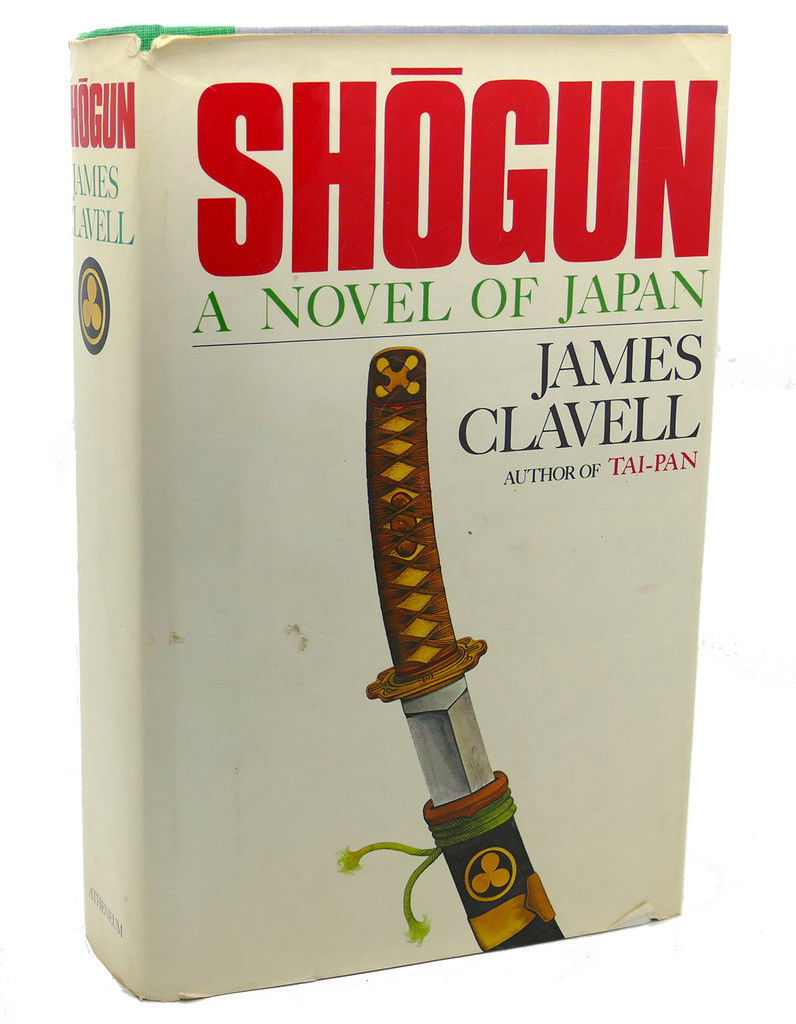
Since the movie, even more people have read the book or watched the shorter 2.5-hour-long film. The miniseries prompted sales of another 2.5 million books. For twelve hours of prime time, 130 million people Watched Shōgun. NBC did not risk much in sponsoring a film extravaganza. In the first five years of its printing, 7 million books were sold. That the West is interested in the East is proved by Shōgun's success. By the end, the reader has learned about Japan alongside Blackthorne as he attempts to survive. Shōgun uses straightforward storytelling techniques to keep readers riveted as they imagine themselves in the position of the English pilot. Instead, the pilot becomes embroiled in Japanese politics as Lord Toranaga Yoshi employs him as his secret weapon.

Shōgun tells the story of an English pilot, John Blackthorne, in charge of five Dutch ships whose purpose is to break the Portuguese monopoly on Japanese trade. In addition to penning a good book to curl up with, Clavell built a bridge of understanding from West to East by fictionalizing a historical encounter between them. Clavell's survival of a Japanese death camp gave him unique insight into human behavior and cultural differences, enabling him to produce a truly gripping story. Such features make Clavell an "oldfashioned storyteller" who spins captivating yarns rather than an artiste like Virginia Woolf or Thomas Pynchon.

The novel contains war, trade disputes, cultural clash, passion, death, and descriptions of beauty that have kept readers up until dawn. Although not considered great literature by most critics, Shōgun: A Novel of Japan made its author, James du Maresq Clavell, one of the most widely read twentieth-century novelists.


 0 kommentar(er)
0 kommentar(er)
